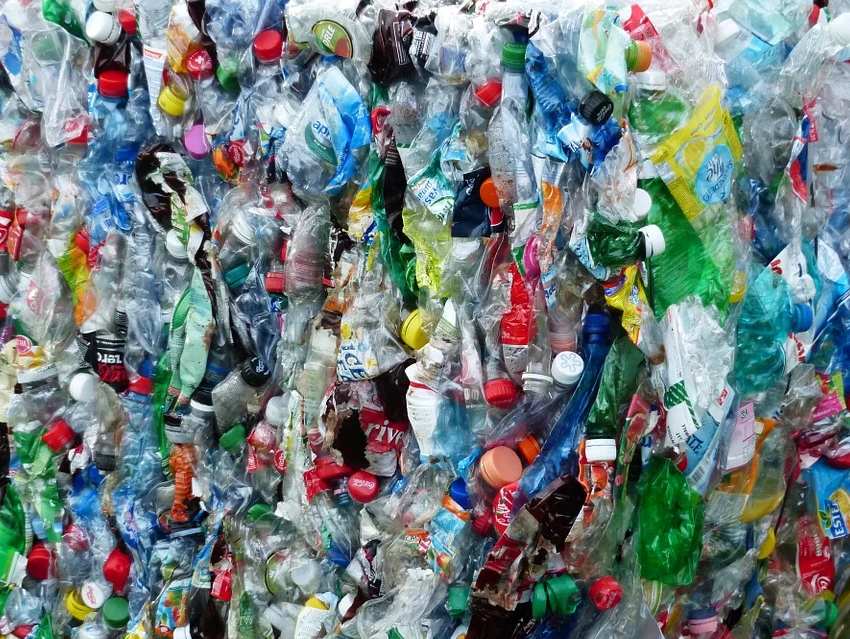Chemical recycling splits polymer chains and supplies products such as crude oil, naphtha, or fuels. Mechanical recycling preserves the molecular structure. It mechanically crushes the plastic and remelts it into granulate. This granulate is then used to make new plastic products. Currently, companies are promoting chemical recycling more strongly, although it requires a lot of energy and does not save much CO2. The science journalist Brigitte Osterath questions why the development of chemical recycling is supported with millions whereas hardly any investment is being made in the more environmentally friendly mechanical recycling.
Using chemical recycling to produce fuel from plastic waste is particularly problematic. If these fuels are subsequently burned, even more CO2 is blown into the air. The German Federal Environment Agency points out that in this case, it would be better to convert the waste into energy in a waste incineration plant instead of using fuel as an intermediate step.
Many chemical recycling facilities have problems with continuous operation. If the initial mixture contains too many different materials or if it is too dirty—both of which are common with plastic waste—the quality of the product decreases and the whole process becomes economically unviable.
Chemical recycling might currently be popular due to a lack of knowledge of how to improve mechanical recycling. Mechanical recycling requires plastics that can actually be recycled. This requires a great deal of know-how, for example, which dyes and additives can be used in recyclable plastic. Product design also plays a major role in mechanical recycling. If, for example, a cheese package consists of seven layers of film, it is not practical to recycle it. The effort involved is much greater than that of producing everything from scratch.
According to the European Food Safety Authority, granulate from mechanical recycling cannot be used in food packaging. The granulate could contain substances that are hazardous to health and might get into the food. Only PET bottles that consumers bring back for a deposit may be used again for new food packaging.
Another challenge is the color of the recycled plastic: When plastic waste is shredded and remelted into granulate, the resulting product is black-grey. Plastic products with brilliant colors cannot be produced out of it. In addition, the granules made from recycled plastic often have an unpleasant smell. This smell can be transferred to the product. This problem can be overcome with an improved recycling process: A machine sorts the plastic flakes into three fractions according to their brightness: white, colorless, and colorful. The machine can sort up to one tonne of flakes per hour. This results in bright recyclates that can be colored. Washing the flakes with hot water (80 °C) and some lye brings further improvement—especially in terms of smell.
However, funding for chemical recycling is currently much higher than for mechanical recycling. As an example, a chemical recycling plant is to be built in Rotterdam, The Netherlands. It will convert 360,000 tonnes of plastic waste into methanol annually. Air Liquide, France, AkzoNobel Specialty Chemicals, The Netherlands, Enerkem, Canada, and the Port of Rotterdam are initially investing a total of nine million euros. The plant is expected to cost a total of EUR 200 million. Shell has also been among the investors since March 2019.
- Cracken oder Einschmelzen, (in German)
Brigitte Osterath,
Nachr. Chem. 2020.
https://doi.org/10.1002/nadc.20204095088




